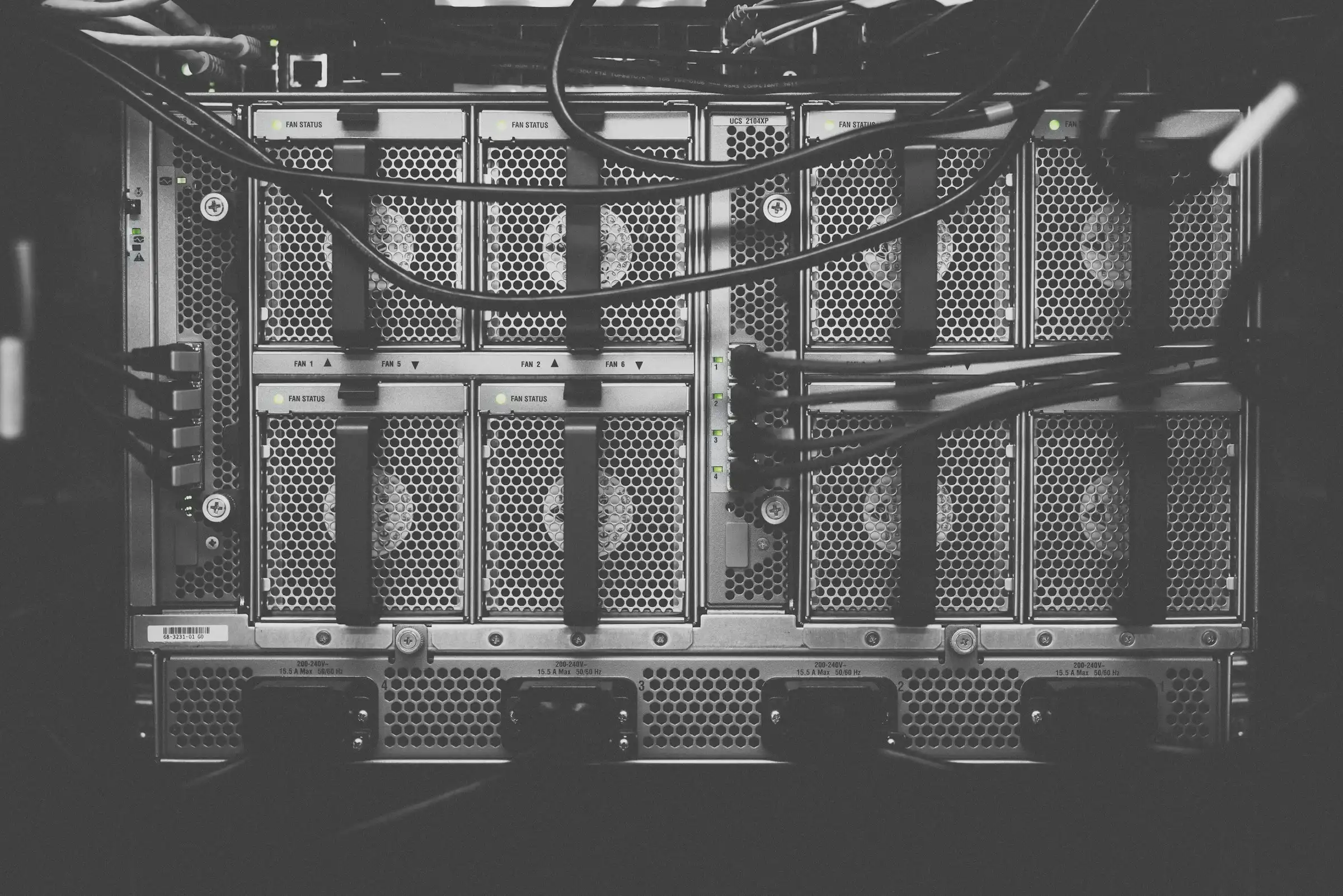In today’s fast-paced technological landscape, clinging to outdated legacy systems can be a significant barrier to growth and innovation. While these systems may have served you well in the past, failing to update them can hinder your organisation’s competitive edge. Transitioning away from legacy systems requires careful planning and execution to avoid disruptions and to ensure that your organisation is ready for the future. Here, we provide a detailed guide to help you navigate this complex process.
Understanding legacy systems
Legacy systems are outdated software or hardware that are still in use, despite the availability of newer technologies. They often pose challenges such as high maintenance costs, lack of support, and integration difficulties with modern systems. However, they may still be essential to daily operations and hold valuable data critical to business functions.
The risks of sticking with legacy systems
Continuing to rely on legacy systems can lead to several risks:
- Security Vulnerabilities: Older systems may not receive security updates, making them susceptible to cyber threats.
- Increased Costs: Maintaining outdated technology can be more expensive due to the need for specialised skills and effort to keep it running.
- Incompatibility: Legacy systems may not integrate well with new technologies, limiting innovation and efficiency.
- Performance Issues: These systems can suffer from slow performance and frequent downtimes, affecting business operations.
Steps for a successful migration
1. Conduct a full audit
Start with a comprehensive audit of your existing systems. Identify what systems are in use, who depends on them, and how critical they are to your operations. It’s crucial to understand not just the technology but also the business processes linked to them. This audit will help you determine the scope and complexity of the migration.
2. Prioritise based on risk
Not all systems need to be migrated at once. Prioritise systems based on risk factors such as security vulnerabilities, impact on operations, and obsolescence. Consider the dependencies each system has, including interactions with other software, databases, and internal tools. Mapping these dependencies is critical to avoid breaking workflows during migration.
3. Choose the right migration strategy
There is no one-size-fits-all approach to migration. Your strategy will depend on your current tech stack, business goals, and risk tolerance. Common strategies include:
- Lift and Shift: Moving existing applications to a new environment with minimal changes. This is often the quickest method but may not address underlying issues.
- Rebuild from Scratch: Developing new systems to replace legacy ones. This approach allows for modernisation but requires significant time and resources.
- Hybrid Setup: Combining old and new systems. This can be an effective way to gradually transition without disrupting operations.
4. Engage and train your team
Success in migration isn’t just about moving code; it’s also about ensuring that your team can adapt to the new systems. Train users before the new systems go live, and provide fallback access to legacy systems during the transition. Clear and frequent communication is essential to manage expectations and address concerns.
5. Implement and monitor
Once the migration strategy is in place, proceed with implementation. This phase requires careful project management to keep everything on track. After migration, continuously monitor the new systems for any issues and gather feedback from users to make necessary adjustments.
Overcoming migration challenges
Migrating from legacy systems is not without its challenges. Here are some common obstacles and how to overcome them:
- Resistance to Change: Foster a culture of innovation and demonstrate the benefits of new systems to gain buy-in from stakeholders.
- Data Migration Issues: Ensure data integrity and accuracy during the transfer process. Use data migration tools and conduct thorough testing.
- Technical Complexities: Work with experienced IT professionals or consultants who specialise in legacy system migrations.
The future of your IT infrastructure
Migrating away from legacy systems is a vital step towards modernising your IT infrastructure. It opens the door to enhanced security, improved performance, and greater opportunities for innovation. By following a structured approach, you can minimise risks and ensure a smooth transition.
At Dajon Data Management, we specialise in complex legacy migrations. Whether you’re dealing with outdated HR, accounting, CRM systems, or bespoke internal platforms, we can help you transform your IT landscape and achieve your business goals.
In conclusion, while the migration process can be daunting, with the right strategy and support, your organisation can successfully transition from legacy systems to modern solutions. Embrace the change and prepare for a future where your technology works for you, not against you.
